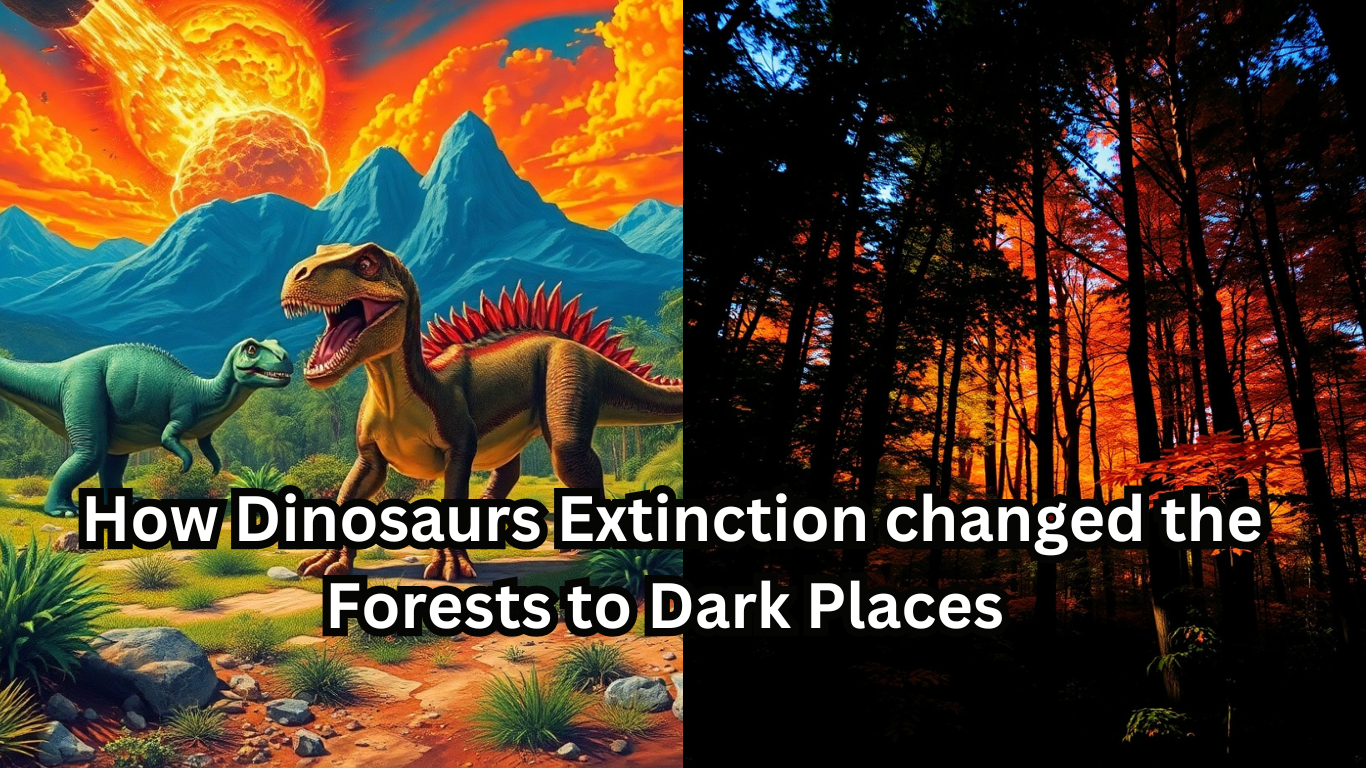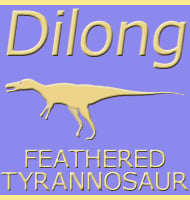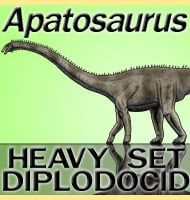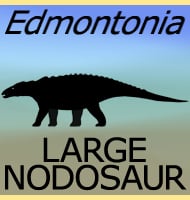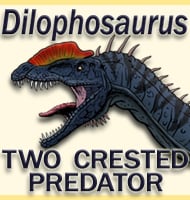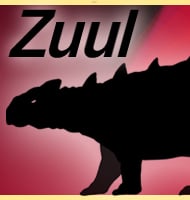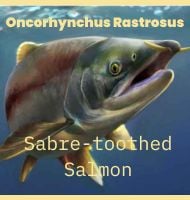Around 66 million years ago, dinosaurs vanished in a catastrophic extinction. This event didn’t just end the age of giants—it reshaped Earth’s forests, plants, and even the fate of our primate ancestors.
Sauropods Role
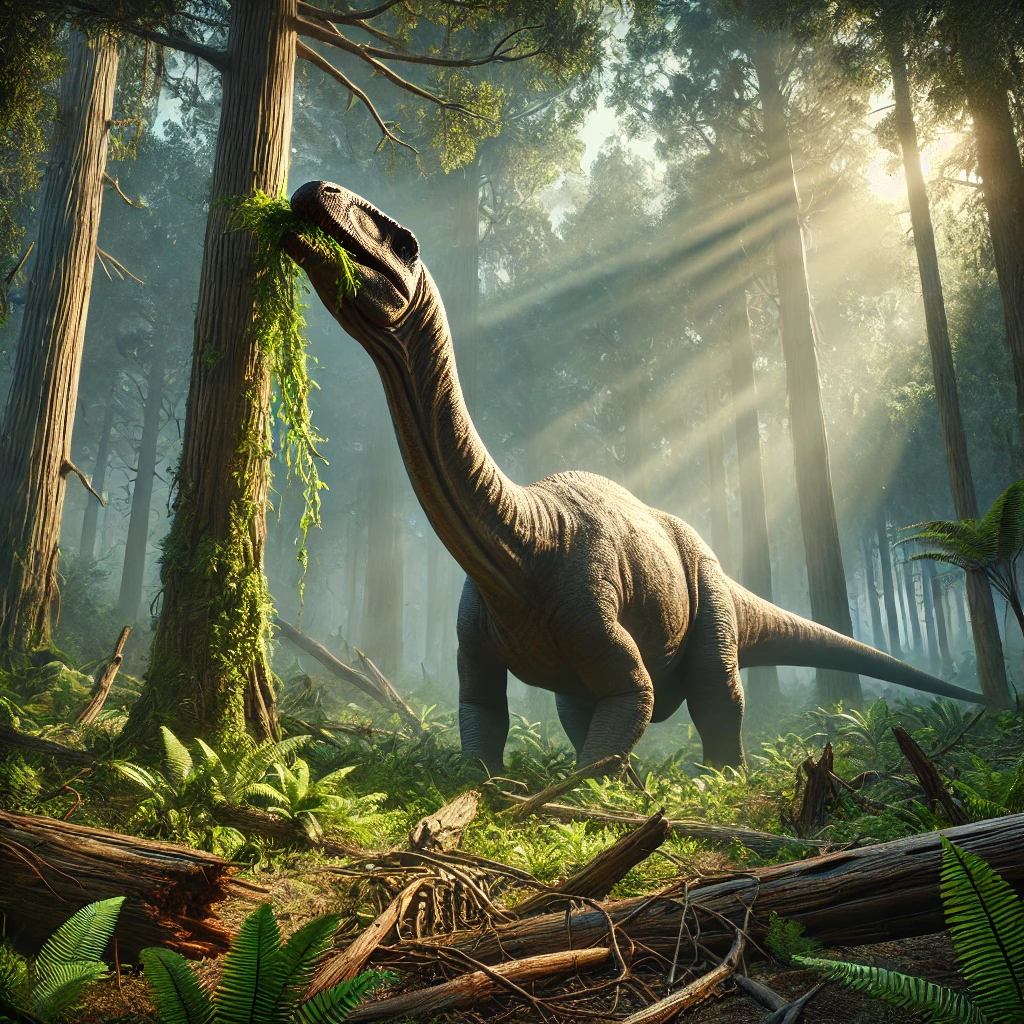
Sauropods, the colossal plant-eating dinosaurs, were ecosystem engineers. They trampled trees and ate massive amounts of vegetation, keeping forests open and sunlight reaching the ground.
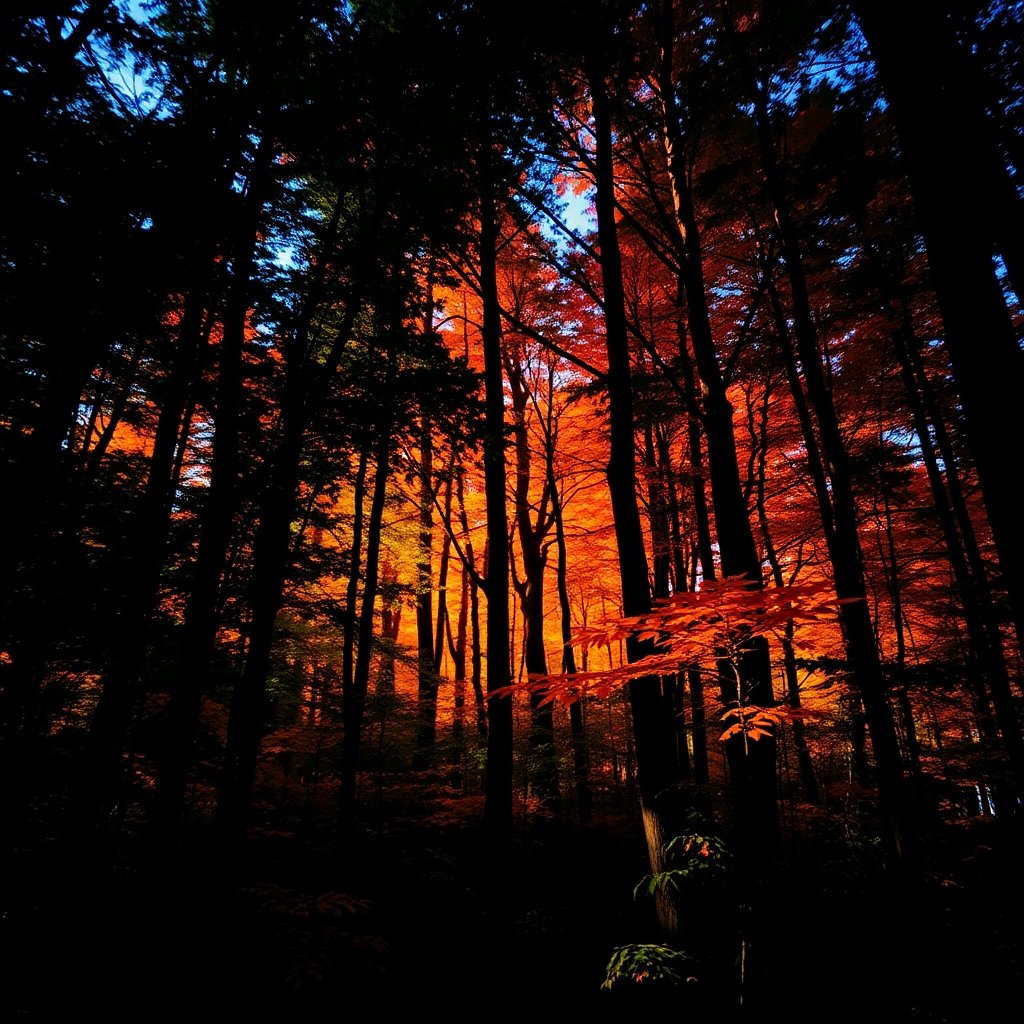
When they disappeared, forests grew thicker, creating darker, denser canopies.
How Forests ,fruits , seeds changed after Dinosaurs
After dinosaurs went extinct, plants competed for limited sunlight. Trees grew taller, faster.
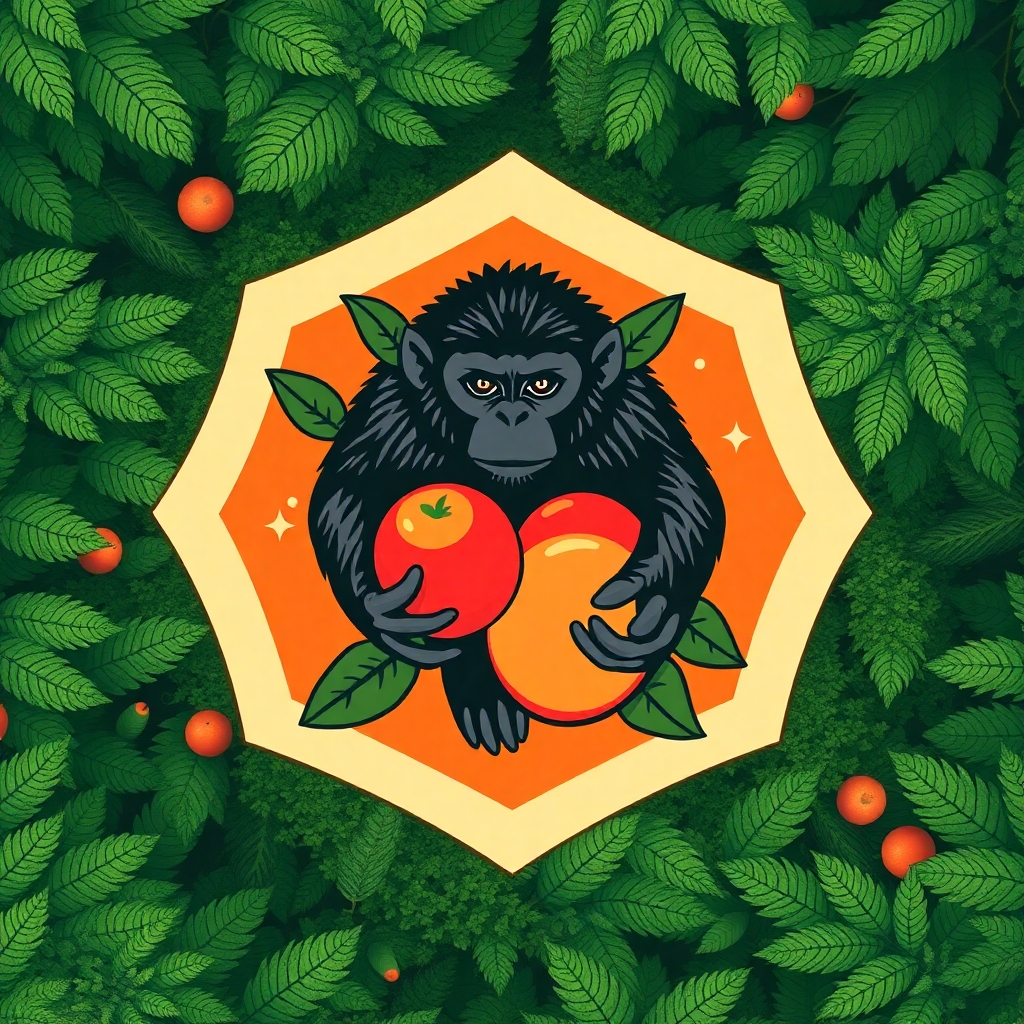
Plants with bigger seeds—which grow better in low light—thrived. Fruits became tastier to attract animals like early primates, who spread seeds.
Christopher Doughty, a scientist at Northern Arizona University, says these dark forests might explain why fruit-loving primates evolved.
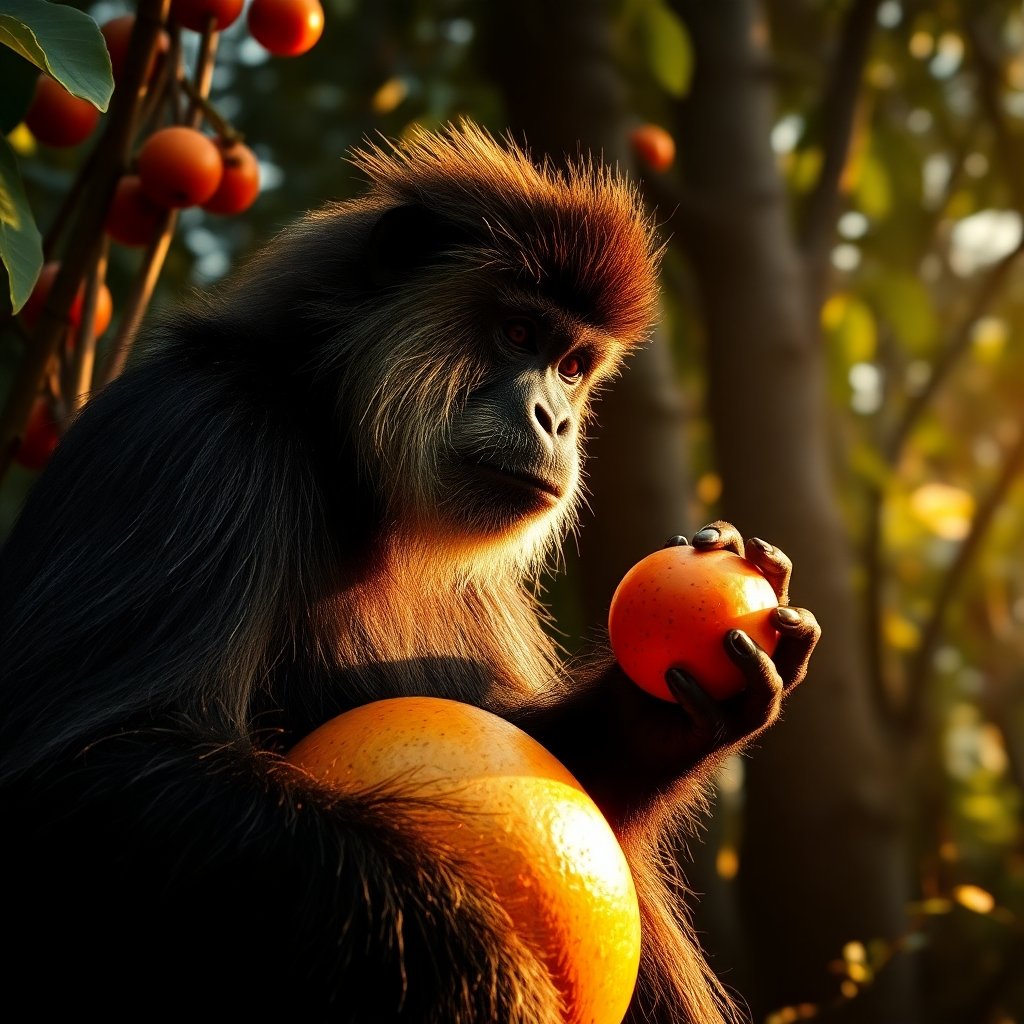
Testing the Theory
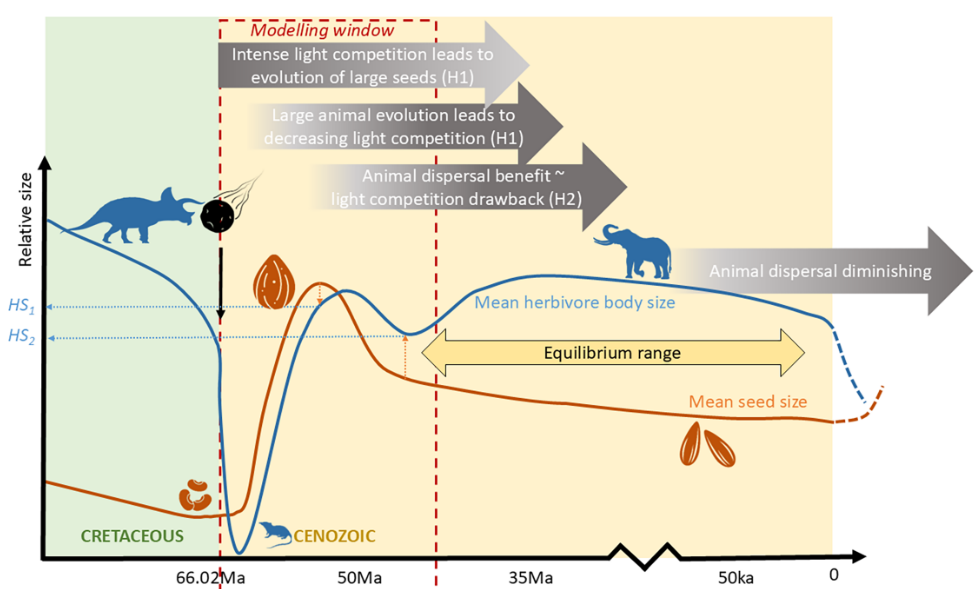
Doughty’s team built a model to track how seed sizes changed over millions of years. Their results matched real fossil data: seeds grew larger for 30 million years.
But around 35 million years ago, new large animals (like giant mammals) appeared. They trampled forests, letting light back in. Big seeds lost their advantage—and shrank.
Mammoths Died and again Forests changed

Fast-forward to 50,000 years ago: mammoths and other big mammals died out. Forests darkened again, and seeds slowly grew larger.
Today, humans are the new “ecosystem engineers.” Logging creates open forests, like in the dinosaur era. If we stop, forests might darken—restarting the cycle of big seeds.
Dinosaurs’ Left but Ecosystem Remembers
This study, published in Palaeontology, shows how dinosaurs’ extinction rippled through time.
Their absence shaped forests, plants, and even primates. Benjamin Wiebe, a researcher on the team, says it’s proof that ecosystems remember the past—and humans are now part of that story.
Why It Matters
Every leaf, seed, or fruit you see carries echoes of the dinosaurs. Their extinction wasn’t just an ending—it was a new beginning for life on Earth, including us.
